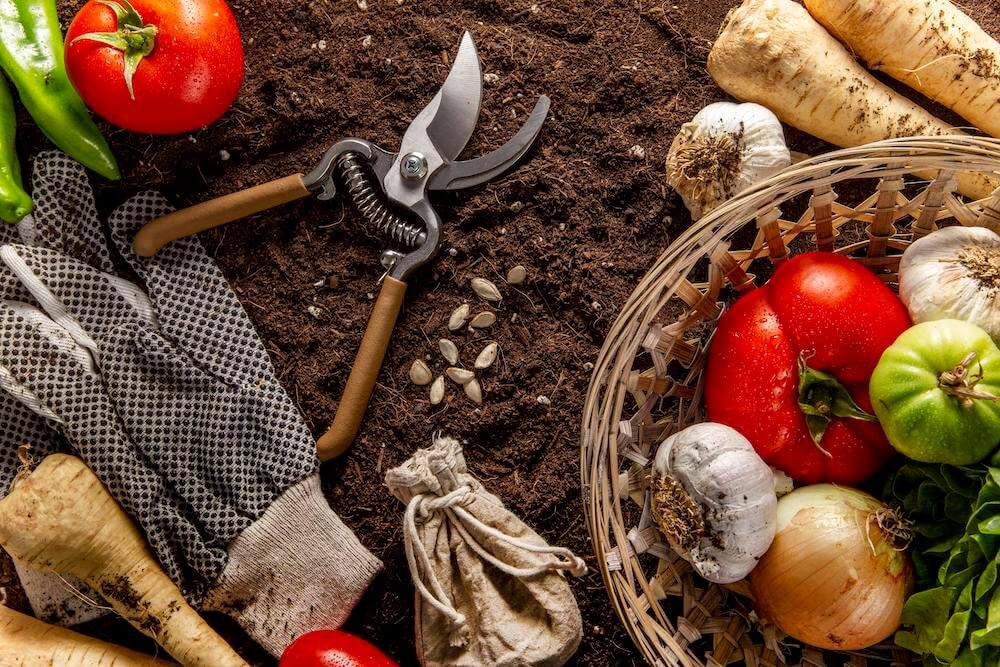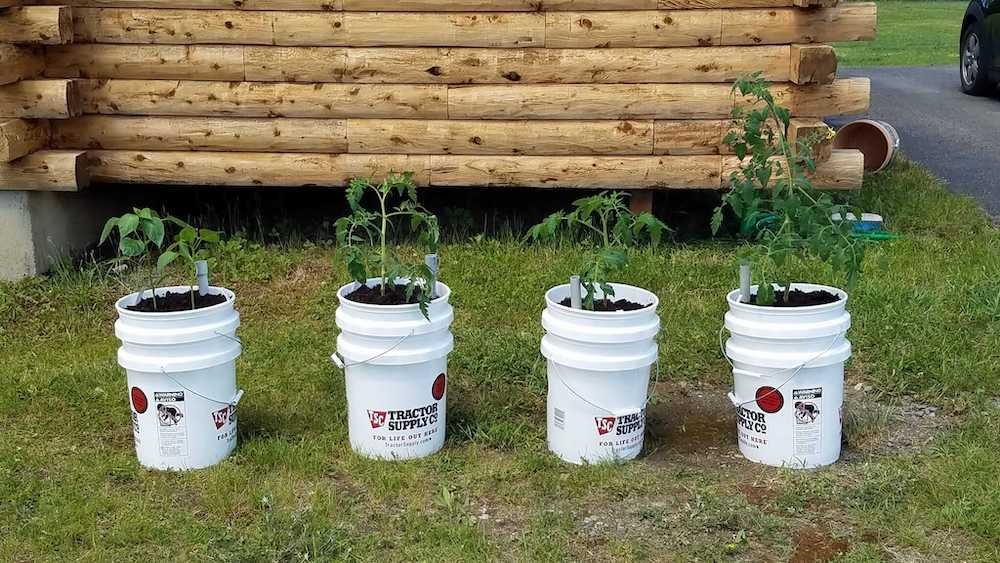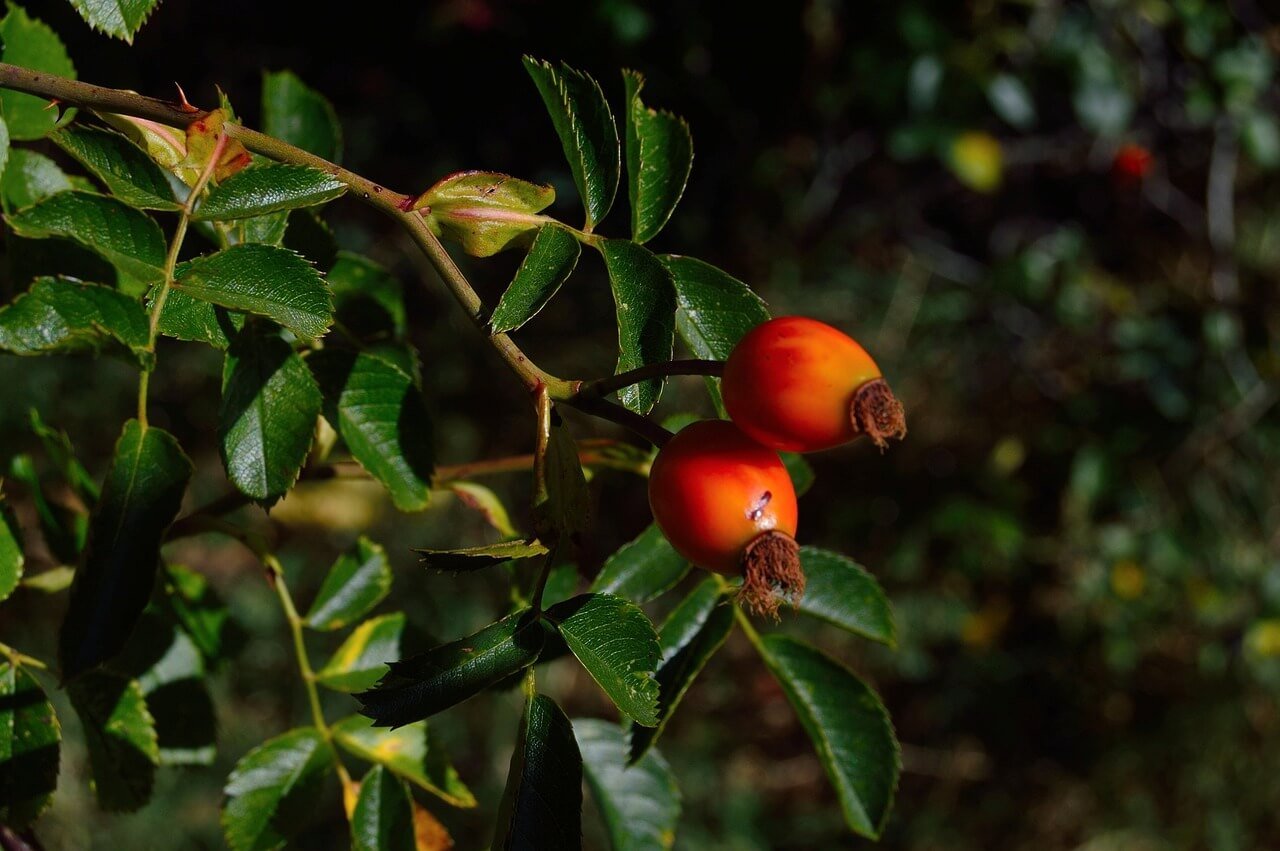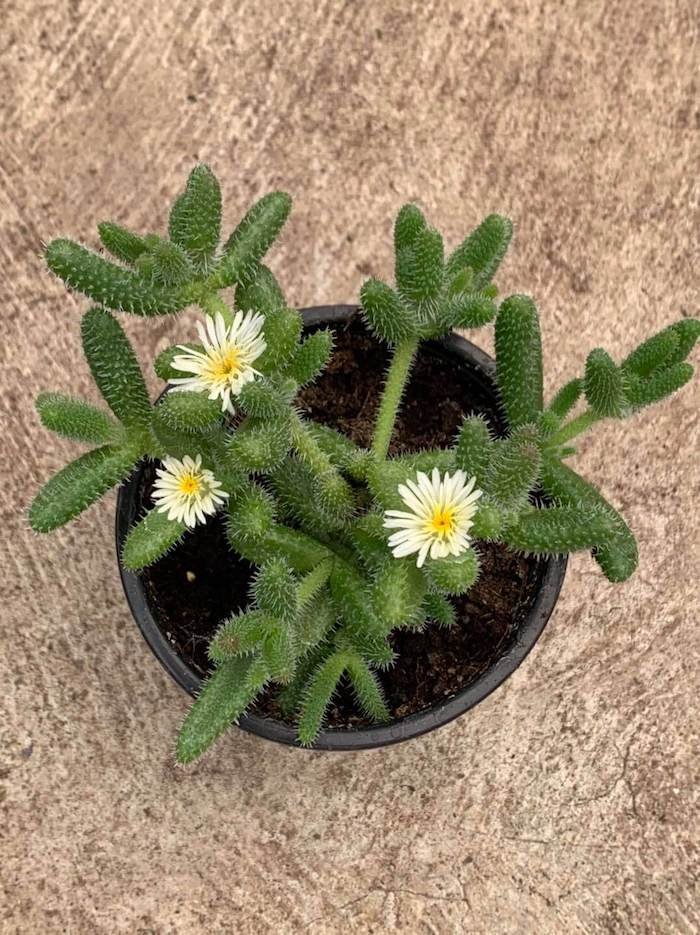The Ultimate Guide to Choosing the Best Aphid Spray for Your Garden

Nobody likes finding their beautiful plants covered in tiny, creepy crawlies. Aphids can really mess up a garden fast, sucking the life out of your favorite flowers and veggies. But don’t worry! This guide is here to help you figure out the best aphid spray options, from natural fixes to stronger stuff, so you can get your garden back to looking great. We’ll talk about what works and how to keep these little pests away for good.
Key Takeaways
- Spotting aphids early is super important for getting rid of them fast.
- You can use natural things like neem oil or just plain water to spray aphids away.
- There are organic spray options that are plant-based or use fatty acids, which are better for your garden.
- If you use chemical sprays, make sure you know what’s in them and use them safely to protect good bugs.
- Beyond just spraying, things like good bugs and keeping your garden clean really help keep aphids from coming back.
Understanding the Aphid Menace
Aphids Unveiled
Okay, let’s talk about aphids. These tiny critters can really mess with your garden, and understanding them is the first step to winning the battle. Aphids are small, soft-bodied insects that feed on plant sap. They come in different colors – green, black, even yellow – and they’re usually found in clusters. What’s worse, they reproduce super fast, so a small problem can quickly become a big one. Keep an eye out for distorted growth or yellowing leaves; that’s a sign they might be around. They can even infest pear trees.
Identifying Aphids
Spotting aphids early is key. We need to be like detectives in our own gardens! Look closely at the undersides of leaves, stems, and new growth. Aphids tend to gather there. Besides seeing the bugs themselves, watch for these signs:
- Sticky residue: Aphids secrete a sugary substance called honeydew. If leaves are shiny and sticky, that’s a red flag.
- Curling or distorted leaves: Aphid feeding can cause leaves to curl, pucker, or become misshapen.
- Ants: Ants love honeydew, so if you see a lot of ants on your plants, they might be farming aphids.
Early detection is super important. The sooner we spot them, the easier they are to control. Make it a habit to check your plants regularly, especially during the growing season.
The Battle Plan: Early Detection and Quick Response
Alright, so we know what aphids are and how to spot them. Now, what’s our plan of attack? The most important thing is to act fast. Here’s a simple strategy we can use:
- Inspect Regularly: Check your plants a couple of times a week. The earlier you catch them, the better.
- Isolate Infested Plants: If possible, move affected plants away from healthy ones to prevent the aphids from spreading.
- Take Action: Use one of the control methods we’ll discuss later, like spraying with water, neem oil, or insecticidal soap. Consistent and repeated application of control methods is necessary for effective management.
By staying vigilant and acting quickly, we can keep these pests from taking over our gardens. Let’s get to it!
Natural Aphid Spray Solutions
We’ve all been there, staring at our precious plants, spotting those tiny sap-suckers. Before reaching for harsh chemicals, let’s explore some natural solutions that can help us win the battle against aphids. These methods are generally safer for us, our plants, and the environment. Plus, they’re often things we can easily whip up with ingredients we already have at home. Let’s get started!
Harnessing the Power of Neem Oil
Neem oil is a fantastic natural insecticide and it’s one of our go-to solutions. It works by disrupting the aphid’s life cycle, preventing them from feeding and reproducing. It’s effective against a wide range of pests, not just aphids, making it a versatile tool in our gardening arsenal.
Here’s how we use it:
- Mix neem oil with water according to the product instructions (usually a couple of tablespoons per gallon).
- Add a drop or two of mild dish soap to help the oil emulsify and stick to the leaves.
- Spray the mixture thoroughly on all parts of the affected plants, paying special attention to the undersides of the leaves where aphids like to hide.
- Repeat the application every 7-14 days, or as needed, until the aphid infestation is under control.
Remember, neem oil can also affect beneficial insects, so it’s best to apply it in the early morning or late evening when bees and other pollinators are less active. Also, be sure to test it on a small area of the plant first to make sure it doesn’t cause any adverse reactions.
The Simple Yet Effective Water Spray
Sometimes, the simplest solutions are the most effective. A strong blast of water from a garden hose can dislodge aphids from plants, knocking them to the ground where they’ll have a hard time climbing back up. This method is best for plants that can tolerate the force of the water without being damaged. We’ve found it works well for heartier plants like tomatoes and peppers. Regular applications are key, as this method only removes the aphids present at the time of spraying. It won’t prevent new ones from arriving. Consider this your first line of defense, and a good way to keep aphid populations in check between more intensive treatments. For a more permanent solution, consider natural fertilizers.
Considering Horticultural Oil
Horticultural oil, also known as dormant oil, is another excellent option for controlling aphids. It works by suffocating the aphids, effectively cutting off their air supply. It’s particularly useful for controlling overwintering aphid eggs, which can hatch and cause problems in the spring. We typically apply horticultural oil in the late fall or early spring, before new growth emerges. It’s important to follow the product instructions carefully, as improper application can damage plants. Make sure to choose a refined horticultural oil, as these are less likely to cause phytotoxicity (plant damage). Also, avoid applying horticultural oil on hot or humid days, as this can also increase the risk of damage. Here’s a quick guide:
- Application Timing: Late fall or early spring before bud break.
- Weather Conditions: Avoid hot, humid days.
- Oil Type: Use refined horticultural oil.
Organic Aphid Spray Options

We’re all about keeping things natural in the garden, right? That’s why we’re diving into organic aphid spray options. These are gentler on the environment, your plants, and even us! Let’s explore some ways to kick those aphids to the curb without harsh chemicals.
Plant-Based Sprays for Your Garden
Plant-based sprays are a fantastic first line of defense. Think of them as nature’s own little pest control squad. We’ve had some good luck with sprays made from chrysanthemum extracts (pyrethrins) – they mess with the aphids’ nervous systems. Just remember, these sprays usually need direct contact to work, so get good coverage. Also, be mindful of spraying during the cooler parts of the day to avoid harming beneficial insects. We’ve found that selecting the ideal beekeeping starter kit can also help with natural pest control, as bees can contribute to a healthy garden ecosystem.
Surfactant and Fatty Acid Based Products
These sprays work by disrupting the aphid’s waxy outer coating, causing them to dehydrate. They’re generally considered safer than synthetic options because they break down quickly in the environment. We’ve noticed that products with potassium salts of fatty acids are particularly effective. Just be sure to test a small area of your plant first, as some plants can be sensitive. Here’s a quick comparison:
| Active Ingredient | Mode of Action | Considerations |
|---|---|---|
| Potassium Salts of FAs | Disrupts waxy coating, dehydration | Test on small area first, avoid spraying in sun |
| Insecticidal Soap | Similar to fatty acids | Can be phytotoxic to some plants |
Remember, even though these are organic, it’s always a good idea to follow the product instructions carefully. We don’t want to accidentally harm our plants or any helpful bugs!
Homemade Aphid Spray Recipes
Okay, let’s get our hands dirty (figuratively, of course – we’ll be wearing gloves!). Making our own aphid spray is super satisfying and lets us control exactly what goes on our plants. One of our go-to recipes involves mixing water with a bit of dish soap (make sure it’s a gentle, unscented kind!) and a dash of vegetable oil. We spray this directly on the aphids. Another option? Garlic spray! We steep crushed garlic in water for a day or two, then strain it and use the liquid as a spray. Aphids hate it! Just remember to reapply every few days, especially after rain. We’ve found that a little homemade aphid spray can go a long way in keeping our gardens healthy and vibrant.
Chemical Aphid Spray Considerations

Understanding Synthetic Pyrethroids
When natural solutions aren’t cutting it, we might consider chemical sprays. Synthetic pyrethroids are a common type. They work by attacking the nervous system of insects, leading to paralysis and death. While effective, it’s important to remember that these chemicals aren’t selective; they can harm beneficial insects too. We need to be super careful about how and when we use them.
Avoiding Harmful Neonicotinoids
Neonicotinoids are another class of insecticides, but we should try to avoid them if possible. There’s growing evidence that they’re harmful to bees and other pollinators. The impact on the ecosystem can be significant, and we don’t want to contribute to that. Look for alternatives and read labels carefully to ensure you’re not using products containing neonicotinoids effects.
Safe Application Practices for Chemical Sprays
If we decide to use chemical sprays, safety is paramount. Here are some guidelines to follow:
- Read the Label: Always, always read and follow the manufacturer’s instructions. Dosage, timing, and safety precautions are all crucial.
- Protective Gear: Wear gloves, eye protection, and long sleeves to minimize skin contact.
- Timing is Key: Apply sprays in the late evening or early morning when beneficial insects are less active. Avoid spraying on windy days to prevent drift.
It’s important to remember that chemical sprays should be a last resort. Overuse can lead to resistance in aphid populations and harm the environment. Consider the long-term consequences before reaching for these products.
Here’s a quick guide to application safety:
| Step | Action |
|---|---|
| 1 | Read the label carefully. |
| 2 | Wear protective gear. |
| 3 | Choose the right time of day. |
| 4 | Avoid spraying near water sources or when rain is expected. |
| 5 | Store chemicals safely and out of reach of children and pets. |
Beyond the Aphid Spray: Integrated Pest Management

We’ve explored various aphid sprays, but let’s talk about a more holistic approach. Integrated Pest Management, or IPM, is all about combining different strategies to keep pests under control while minimizing harm to the environment and beneficial insects. It’s not just about spraying; it’s about understanding the whole ecosystem of your garden.
Introducing Beneficial Insects
One of the coolest things we can do is bring in the good guys! Beneficial insects are natural predators of aphids, and they can do a lot of the work for us. Ladybugs are probably the most well-known, and they’re voracious aphid eaters. Lacewings are another great option, and their larvae are particularly effective. You can often purchase these insects online or at your local garden center. Releasing them into your garden is like unleashing a tiny, hungry army against the aphids. It’s a natural and sustainable way to control their numbers.
The Role of Isolation and Pruning
Sometimes, the best defense is a good offense, or in this case, a good isolation strategy. If you spot an aphid infestation on one plant, the first thing you should do is isolate it from the others. This prevents the aphids from spreading to your entire garden. Pruning is also key. Remove any heavily infested parts of the plant. This not only gets rid of a large number of aphids immediately but also encourages new, healthy growth. Think of it as giving your plant a fresh start.
Monitoring Your Plants Regularly
Regular monitoring is the cornerstone of any successful IPM strategy. It’s like being a detective in your own garden, always on the lookout for clues. Check your plants frequently for signs of aphids, such as:
- Clusters of small insects on new growth
- Curling or yellowing leaves
- Sticky honeydew on leaves and stems
By keeping a close eye on your plants, you can catch infestations early, before they become a major problem. Early detection means you can use less aggressive methods to control the aphids, minimizing the impact on your garden’s ecosystem. It also helps you understand which plants are most susceptible and adjust your gardening practices accordingly.
Preventing Future Aphid Infestations
Okay, so we’ve talked about getting rid of aphids, but what about stopping them from coming back in the first place? Prevention is way easier than dealing with an infestation, trust us. Let’s look at some ways to keep those little sap-suckers away for good.
Companion Planting for Aphid Control
Companion planting is like setting up a natural defense system in your garden. Certain plants naturally repel aphids, making them excellent neighbors for your more vulnerable veggies and flowers. For example, marigolds are known to deter aphids, as are garlic and onions. Plant these around your garden to create a barrier. It’s a simple, organic way to keep aphids at bay.
Think of it as building a tiny, leafy army to protect your precious plants. It’s not foolproof, but it definitely helps reduce the chances of an aphid invasion. Plus, you get the added bonus of beautiful flowers or tasty herbs!
Managing Nitrogen for Tougher Plants
Did you know that too much nitrogen can actually make your plants more attractive to aphids? Aphids are drawn to the soft, new growth that results from high-nitrogen fertilization. So, while you want your plants to thrive, be careful not to overdo it with the nitrogen. Here’s a few things to keep in mind:
- Use a balanced fertilizer instead of one that’s heavily weighted towards nitrogen.
- Consider soil testing to understand your garden’s nutrient levels before adding anything.
- Incorporate compost and other organic matter to improve soil health naturally.
Garden Cleanliness and Hygiene
A clean garden is a happy garden, and it’s also less inviting to pests like aphids. Fallen leaves and other debris can provide hiding places for aphids and their eggs, allowing them to overwinter and come back with a vengeance in the spring. Here’s what we do:
- Regularly remove dead leaves and other plant debris.
- Keep weeds under control, as they can also harbor aphids.
- Clean your tools and equipment to prevent the spread of pests and diseases.
By keeping your garden tidy, you’re making it less hospitable to aphids and other unwanted guests. You can also use less toxic methods to control aphids.
The Ant-Aphid Connection
Why Ants Love Aphids
Okay, so you’re battling aphids, right? Well, here’s a twist: ants might be your real problem. It sounds weird, but ants and aphids have this thing going on. Aphids produce honeydew, a sweet, sticky substance that ants absolutely love. Think of it as the aphid’s version of soda for ants. They’ll actually protect aphids from predators, like ladybugs, just to keep the honeydew flowing. It’s like a tiny protection racket happening right in your garden!
Breaking the Ant-Aphid Alliance
So, how do we break up this bizarre partnership? First, understand that getting rid of the ants can seriously reduce your aphid problem. Here’s what we can do:
- Barriers: Create physical barriers to stop ants from climbing your plants. Sticky traps around the base of the plant work wonders.
- Diatomaceous Earth: Sprinkle some diatomaceous earth around the base of your plants. It’s harmless to us, but deadly to ants.
- Water: Regularly spray your plants with water. This not only dislodges aphids but also disrupts the ant trails.
Dealing with both ants and aphids can feel like a never-ending battle. Remember to be persistent and consistent with your chosen methods. It might take some time, but you can definitely restore balance to your garden.
Natural Ant Deterrents
Let’s talk about some natural ways to keep ants away without harming our plants or beneficial insects. We’ve found a few things that work pretty well:
- Vinegar: Ants hate vinegar. Spray a solution of equal parts water and vinegar around your plants and along ant trails.
- Citrus Peels: Place citrus peels (orange, lemon, etc.) around your plants. The scent repels ants.
- Herbs: Plant herbs like peppermint, spearmint, or tansy around your garden. Ants don’t like them, and they smell great to us!
Wrapping Things Up
So, there you have it! Getting rid of aphids might seem like a big job, but it’s totally doable. Just remember to keep an eye on your plants, act fast when you see those little pests, and try out some of the methods we talked about. Whether it’s a simple water spray or something stronger, you’ve got options. Your garden will thank you, and you’ll be able to enjoy your green space without those annoying little bugs taking over. Happy gardening!
Frequently Asked Questions
How often should I use neem oil?
Neem oil should be put on your plants every 7 to 14 days. How often you do it depends on how many aphids you have. Doing it regularly is important for it to work well.
Can I stop aphids by planting certain plants together?
Yes! Some plants, like garlic and marigolds, can keep aphids away. Think about planting these nearby plants that aphids like to attack as a way to stop them before they start.
What if the aphid problem doesn’t get better?
If you aren’t seeing good results, try treating your plants more often. You could also try using different methods together, like cutting off bad parts of the plant and bringing in bugs that eat aphids.
Is there a homemade, natural way to get rid of aphids?
You can make your own aphid spray at home. A common way is to mix dish soap with water and spray it on the plants. Just remember, these homemade sprays aren’t tested like store-bought ones, so we don’t know how well they work or if they might hurt your plants. To be safe, use a gentle, eco-friendly soap and only a little bit. Also, sometimes it’s okay to leave aphids alone because they are food for other helpful bugs like ladybugs and sparrows, which can control them naturally.
If I spray bug killer on aphids, will it harm my compost or plants?
If you spray bug killer on aphids, it’s not likely to get into your compost or kill your plants. Most bug killers break down pretty quickly and don’t stay in the soil for long.
What’s the best time of day to spray for aphids?
It’s a good idea to spray aphids early in the morning or late in the evening. This is when helpful bugs, like bees, are less active. This way, you’re less likely to hurt them while you’re trying to get rid of the aphids.










